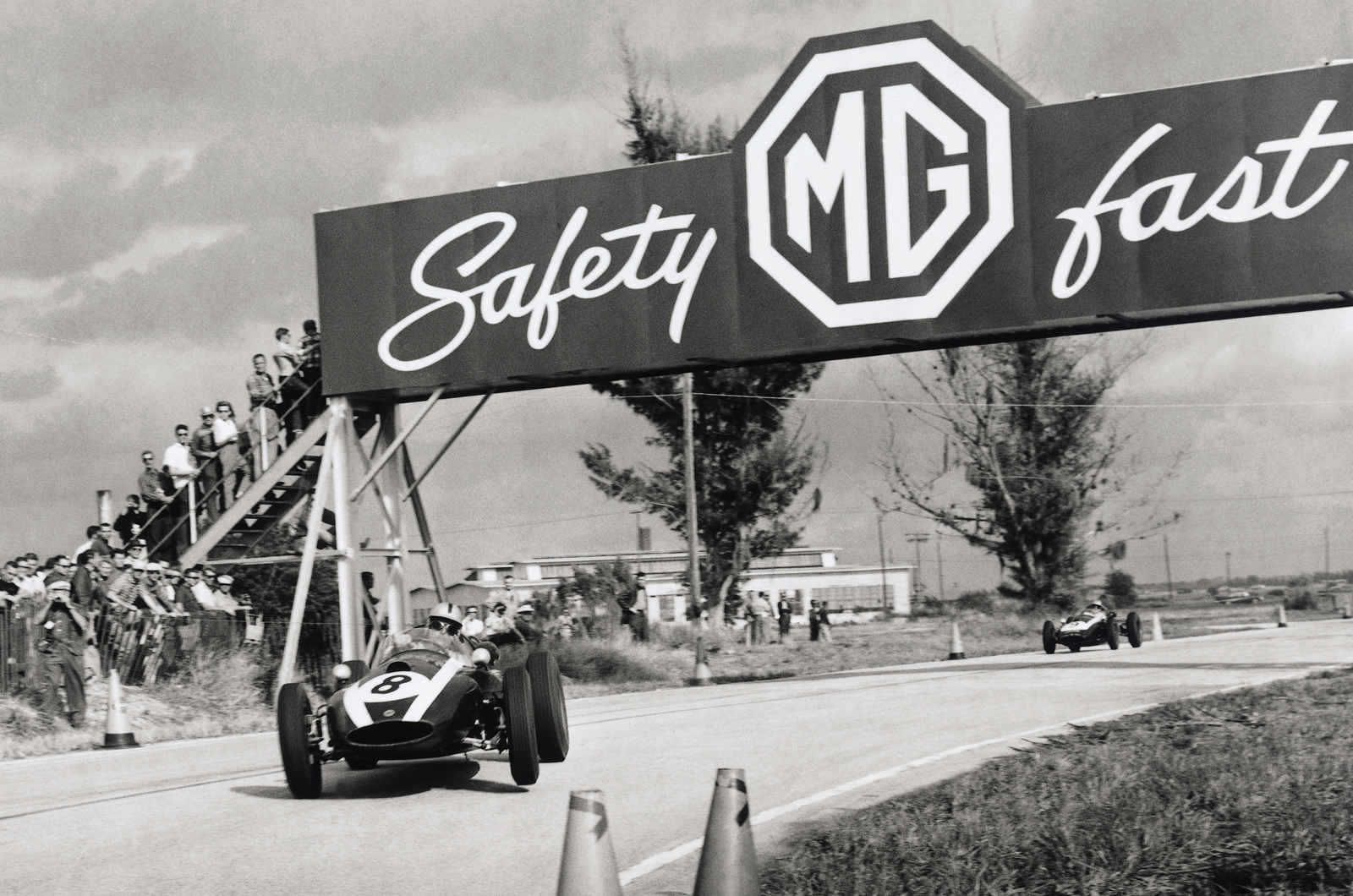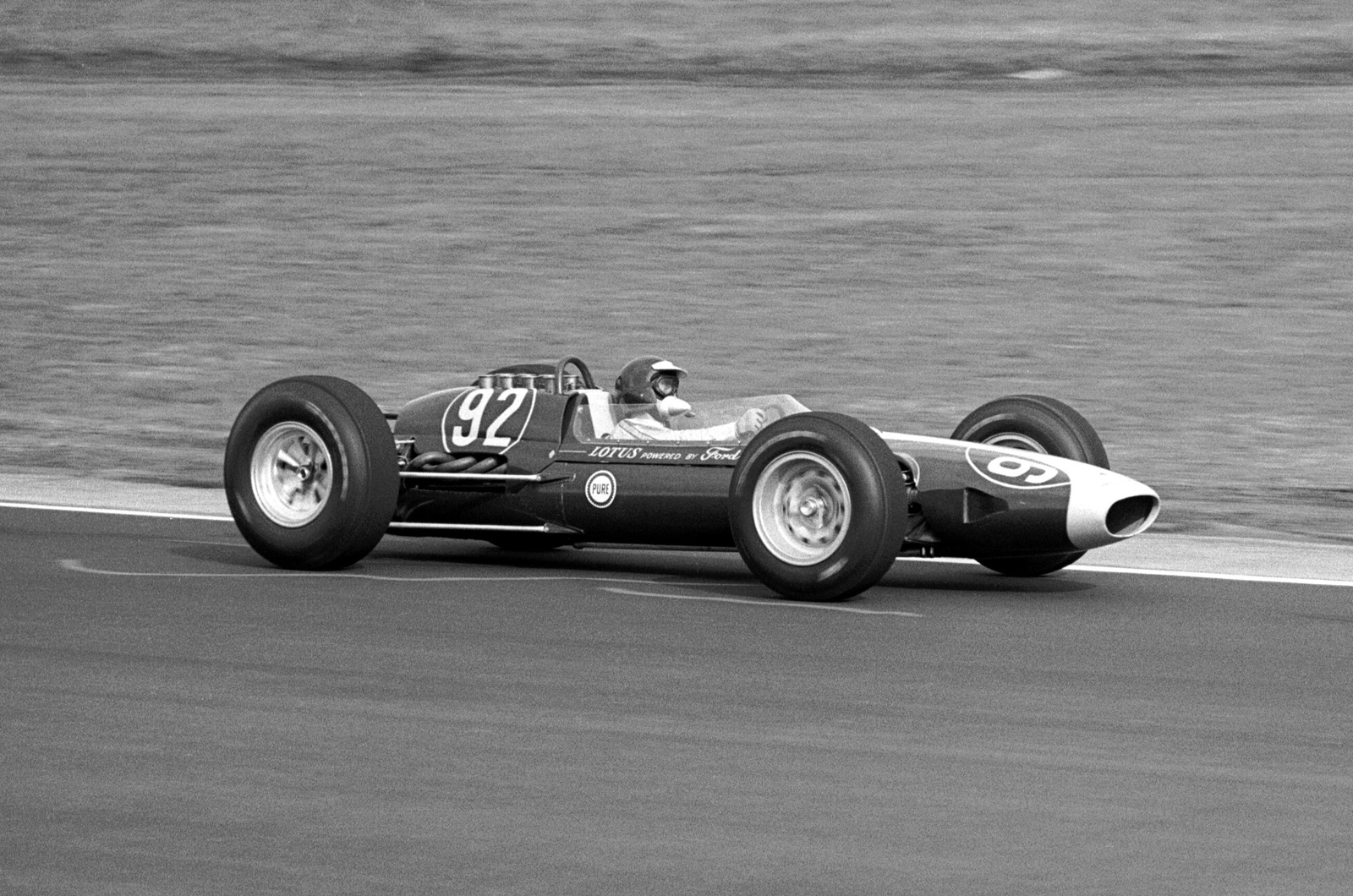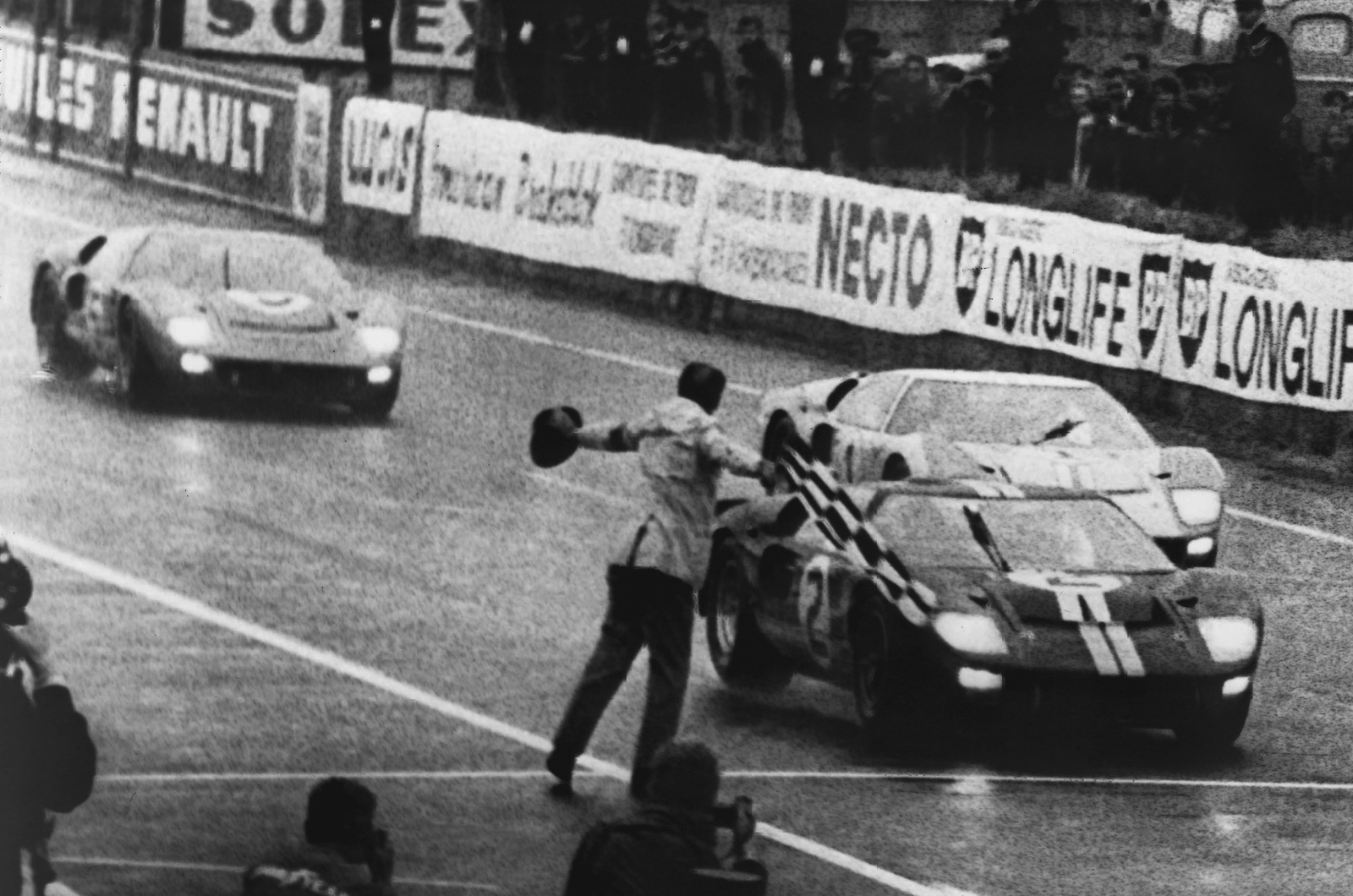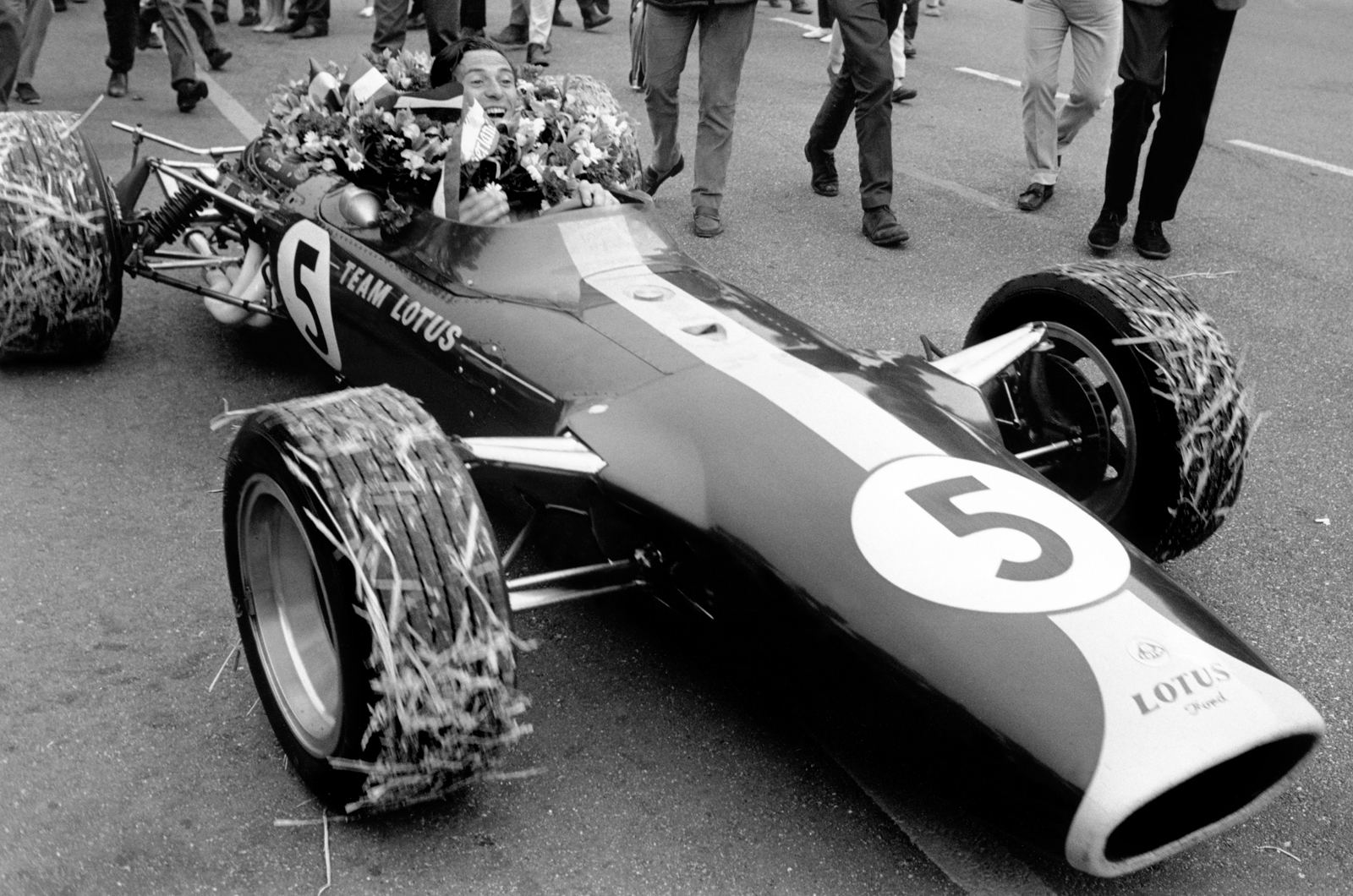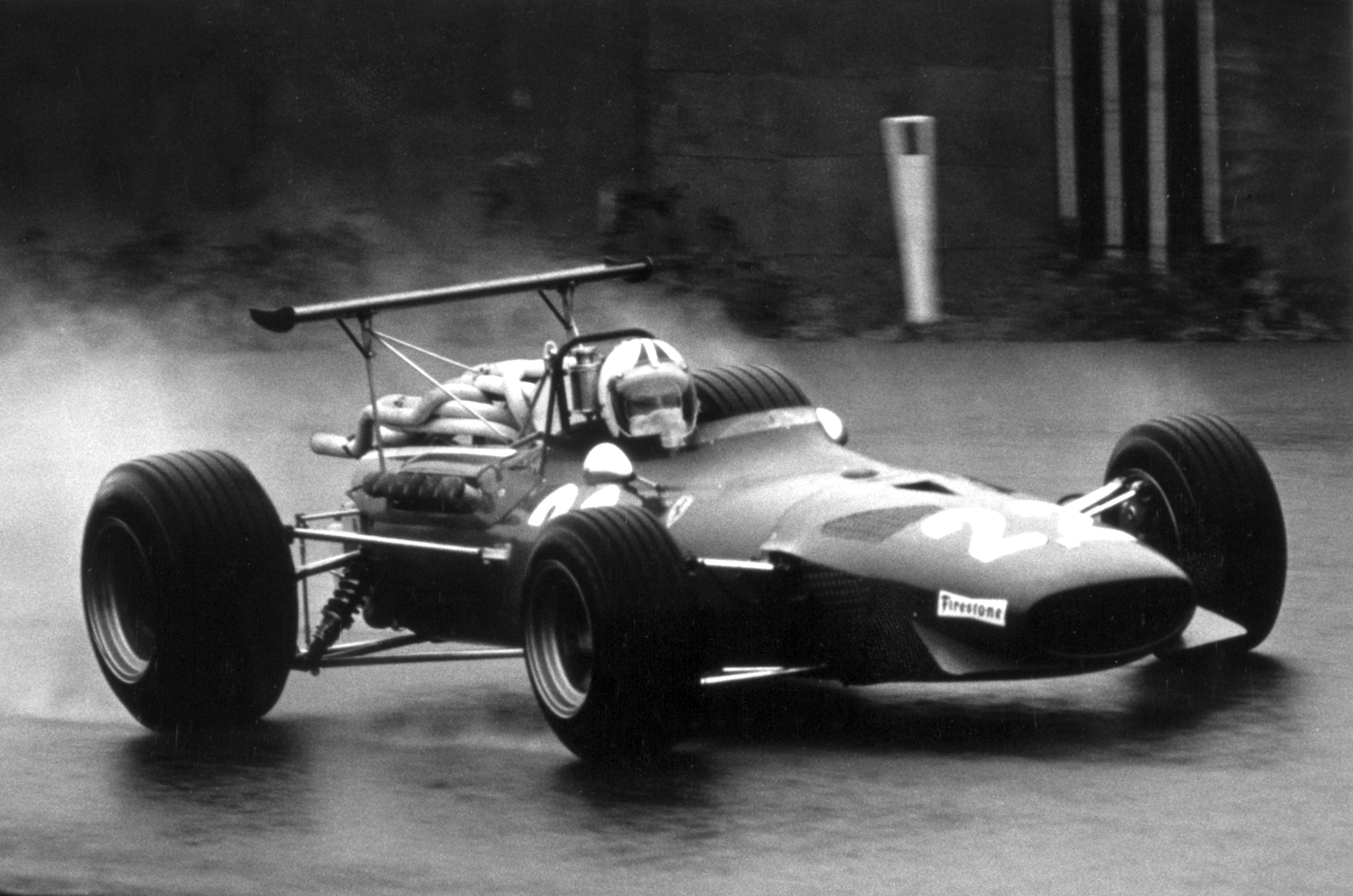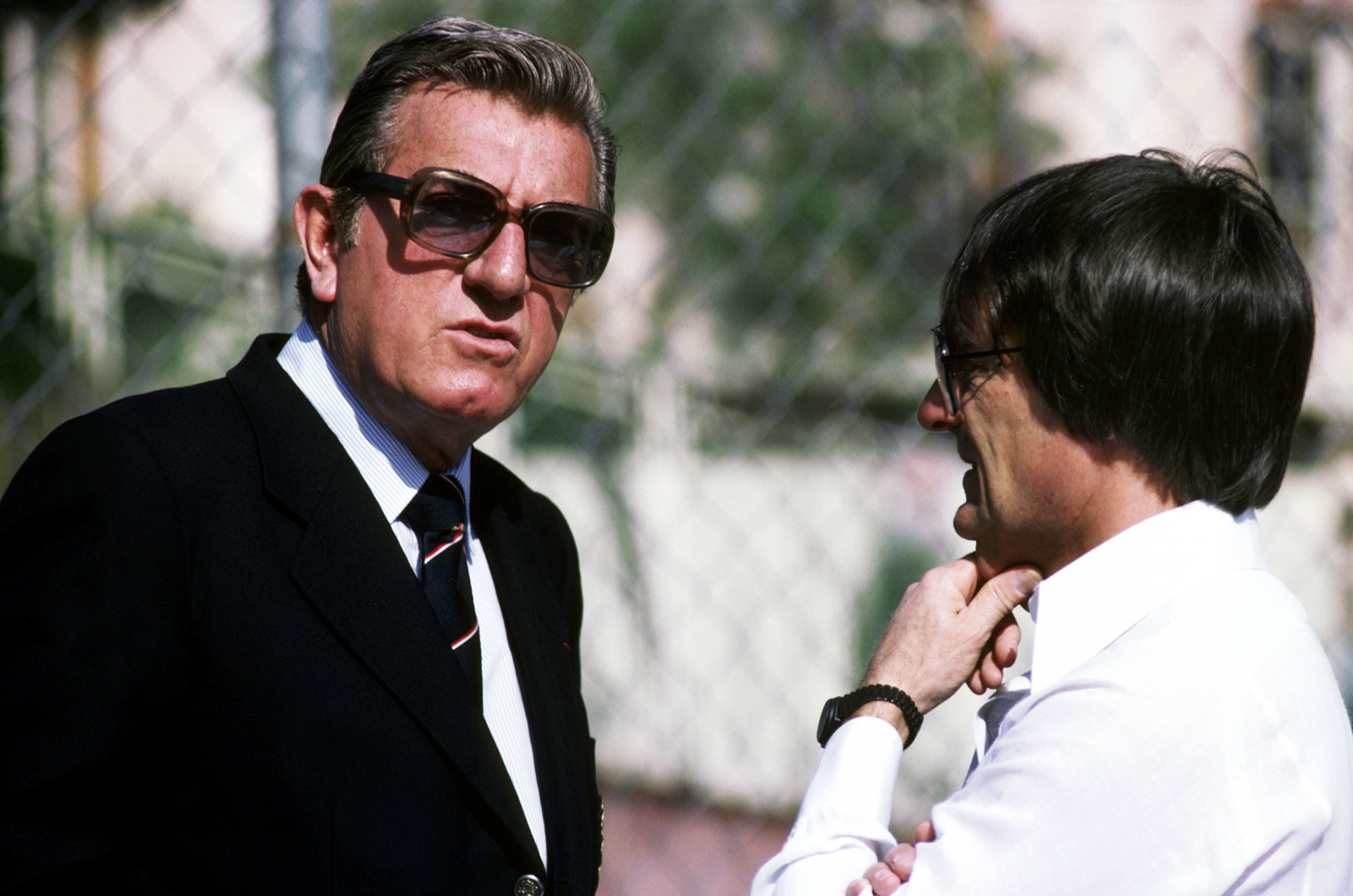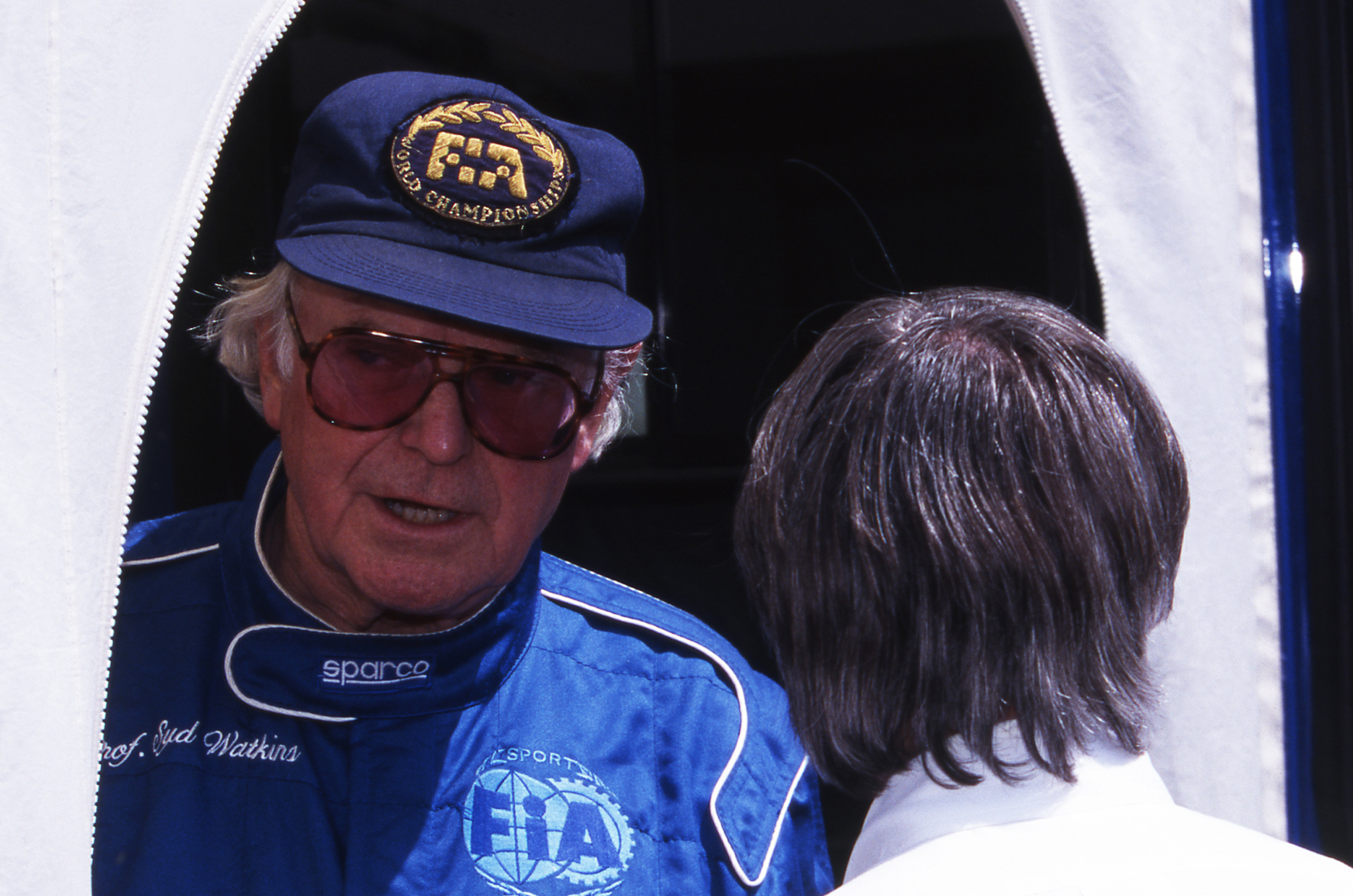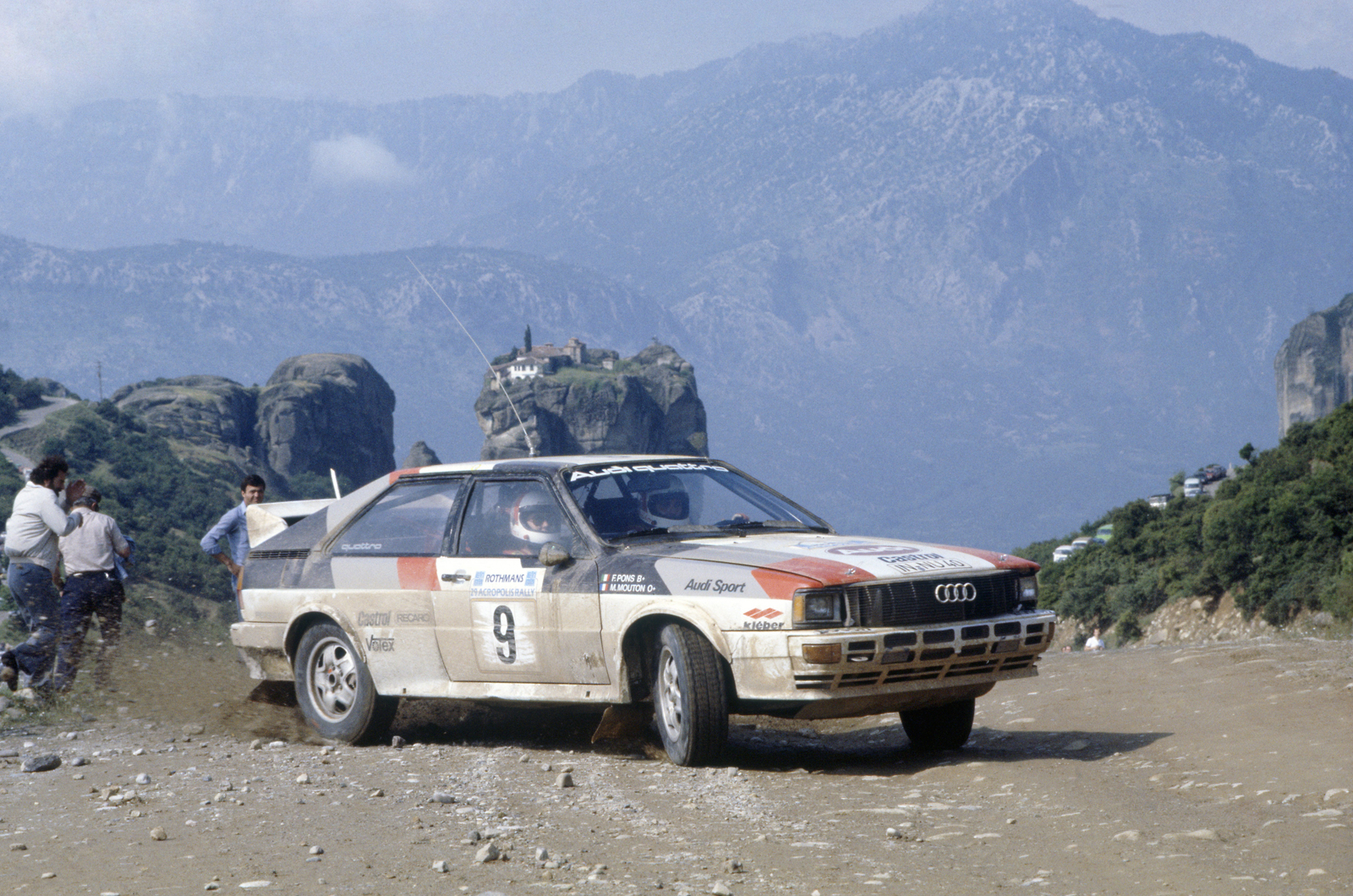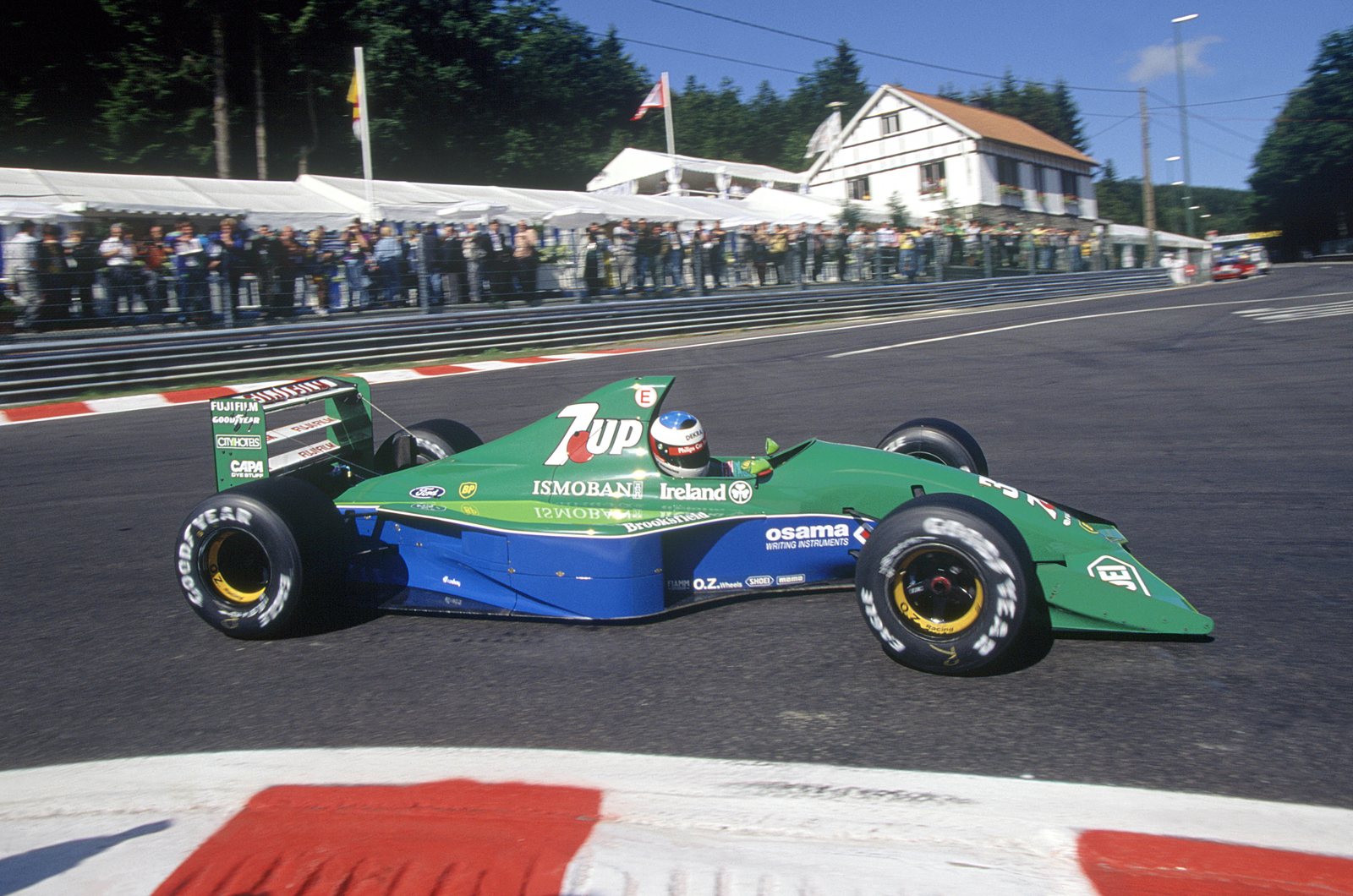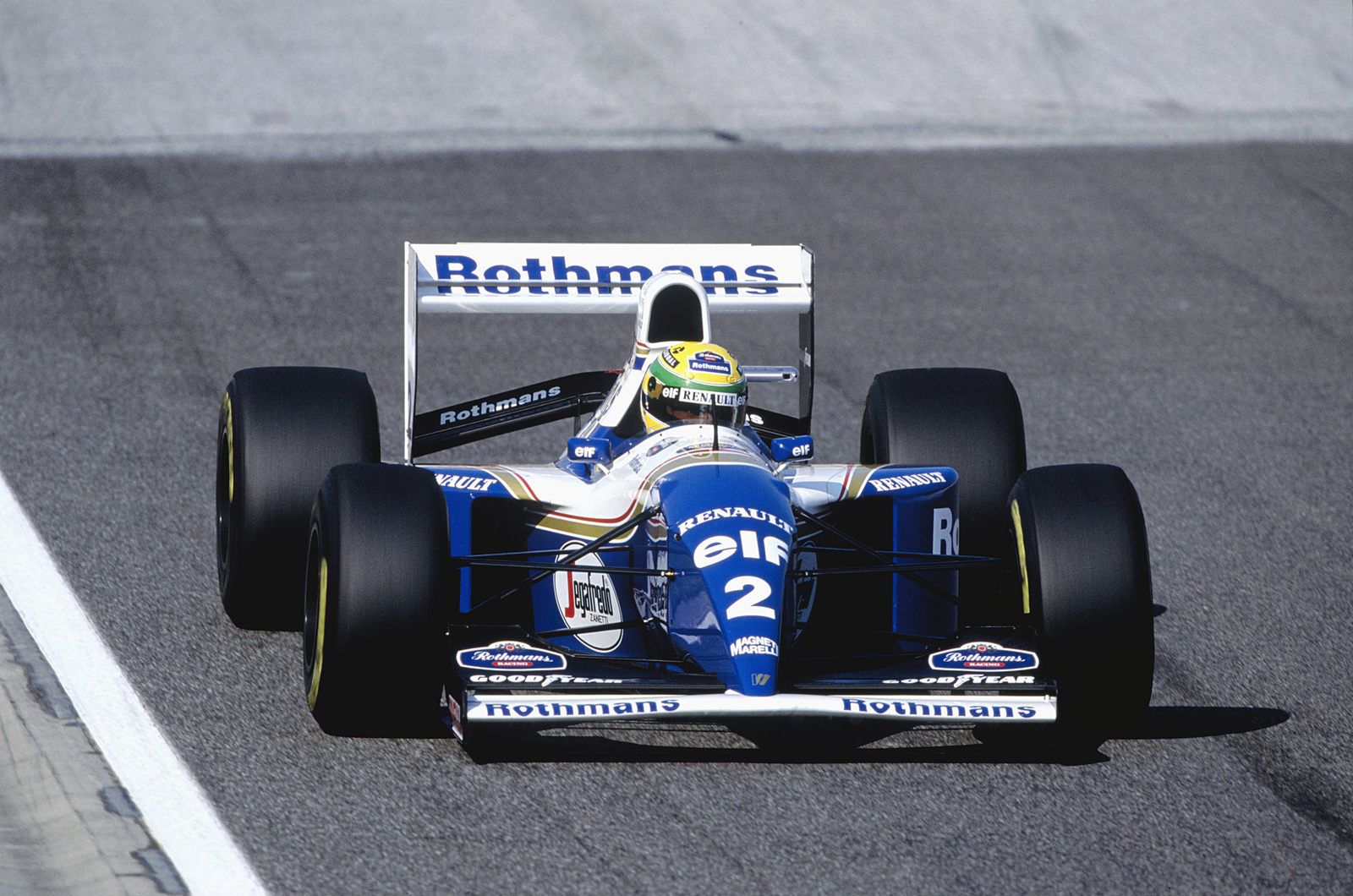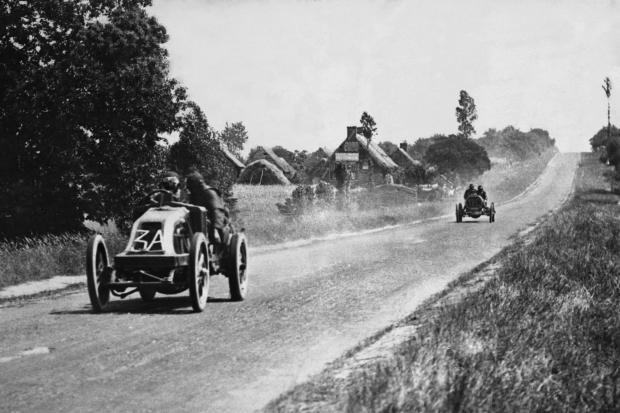
It’s not quite the 12 days of Christmas, but our list of a dozen moments in motorsport history were nonetheless important in their own way.
They cover innovation, opportunity, tragedy, determination and, as you might expect, good old-fashioned politics…
A new type of race
The 1906 French Grand Prix developed out of the annual Gordon Bennett races that had taken place since 1900.
The idea behind those had been to pitch countries against each other, with each one entering up to three cars.
The French argued against those entry limits, and after winning the Cup in 1905, it was down to them to host the following year’s race. Instead, they abandoned the Gordon Bennett rules – leading to Great Britain’s withdrawal – and staged a new race on a 64-mile circuit around Le Mans.
Described by The Autocar correspondent WF Bradley as ‘the first Grand Prix’, it took place over two days and a total of 12 laps. Ferenc Szisz won for Renault (pictured above, leading Elliot Shepard in a Hotchkiss HH), 32 minutes clear of Felice Nazzaro’s Fiat.
The Automobile Club de France repeated the event in 1907, and Grand Prix racing was under way. ‘There was no prize money,’ wrote Bradley, ‘… but the prestige was immense.’
The end of WW2
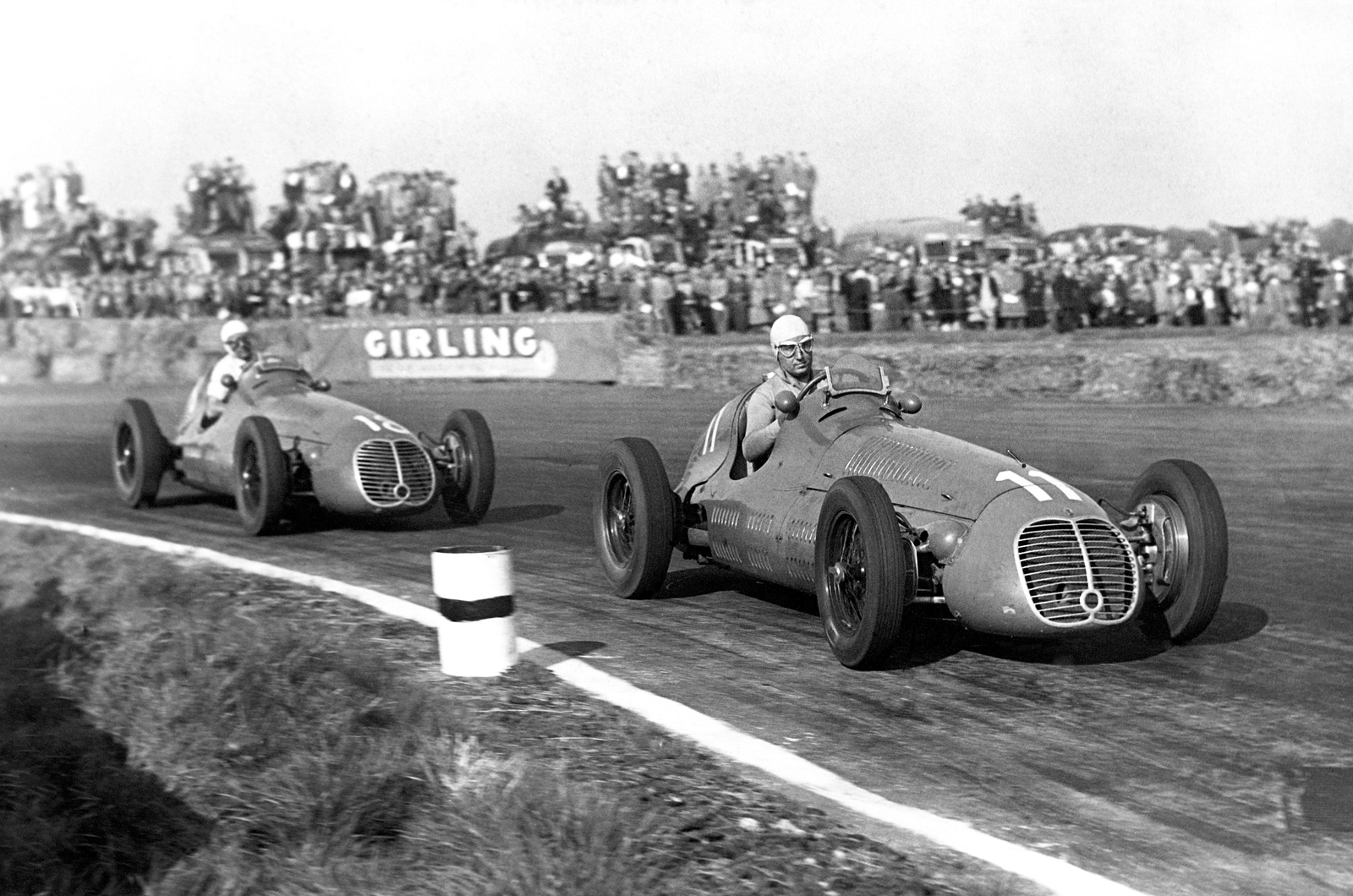
Alberto Ascari leads Luigi Villoresi, both in Maserati 4CLT/48s, at the 1948 British Grand Prix

